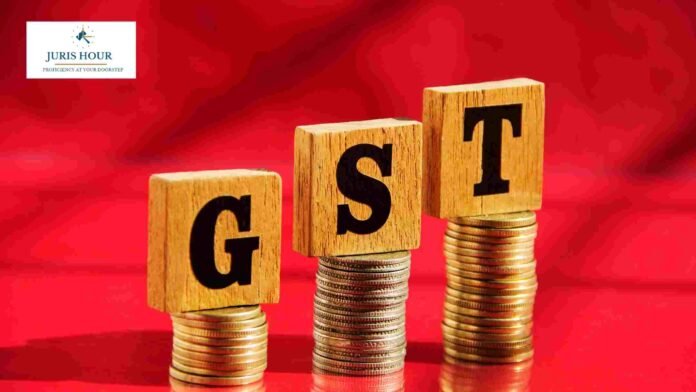The Central government is actively examining the possibility of allowing refunds of unutilised input tax credit (ITC) on capital goods under the inverted duty structure (IDS)—a move that could bring much-needed liquidity relief to manufacturing sectors burdened by blocked credits.
A senior government official told Business Standard that discussions are underway to enable such refunds, marking a potential policy shift in the Goods and Services Tax (GST) framework. “The government has the appetite and is examining how a refund of unutilised ITC on capital goods can be enabled under IDS,” the official said. However, he clarified that extending similar benefits to input services may take longer.
Understanding the Issue
An inverted duty structure arises when the tax rate on inputs (raw materials or capital goods) is higher than that on the final output, resulting in accumulation of unutilised ITC. Under Section 54(3) of the CGST Act, businesses are currently permitted to claim refunds only on input goods—not on input services or capital goods—leading to blocked credits and liquidity challenges.
For capital-intensive manufacturers and exporters, this has been a long-standing pain point. Since machinery and high-value services often attract higher tax rates, accumulated credits remain locked in their books, effectively increasing their working capital burden.
‘ITC Is the Next Big Reform Agenda’
A second official confirmed that ITC rationalisation is emerging as a priority area for policymakers. “Refunds of ITC on services and capital goods are not permitted under IDS, creating a structural distortion that needs correction,” the official said. He noted that the government intends to first allow the recently launched GST 2.0 framework to stabilise before implementing new changes.
Broader Reform Outlook
The proposal reflects the government’s broader goal of rationalising credit flow and reducing friction in the GST ecosystem. Allowing refunds of ITC on capital goods under IDS could significantly improve liquidity for manufacturers and exporters, paving the way for a more balanced and efficient tax structure.
However, experts caution that unless input services are brought under the same refund umbrella, the reform would remain partial. As the GST regime continues to evolve, the treatment of ITC—long a source of contention—is poised to become a central focus of the next phase of tax reform.
Read More: Separate GST Registration Mandatory for Warehouses Located in Different States: CBIC

